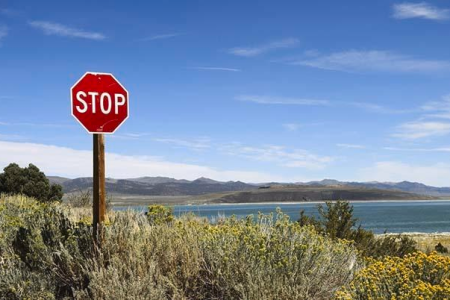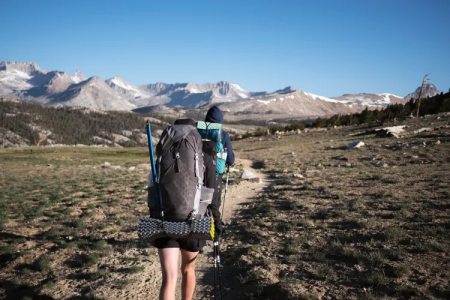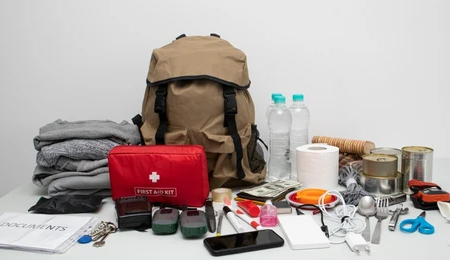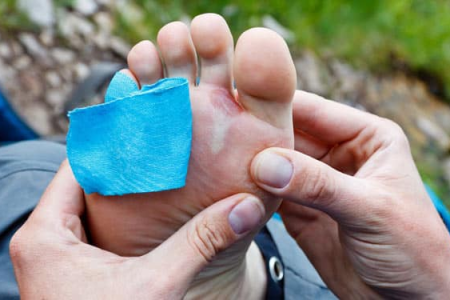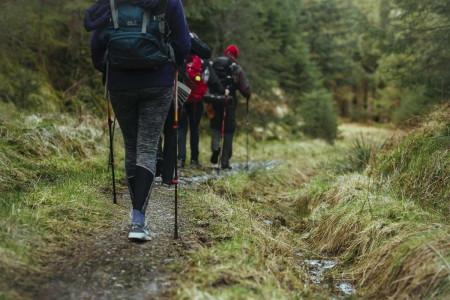Statistics show that 90% of incidents related to getting lost worsen due to poor decisions made in panic. Remember this simple STOP principle—it provides a clear framework for action when you’re most disoriented. S = Stop Immediately T = Think O = Observe P = Plan Based on the above information, select the most appropriate …
